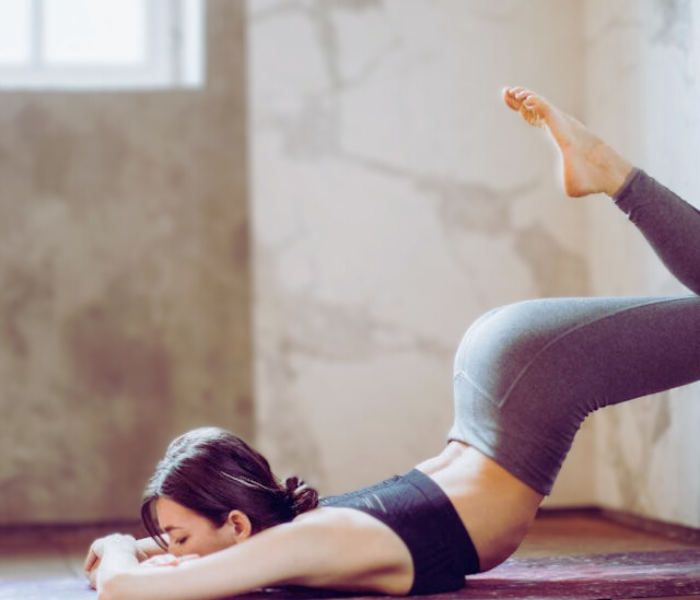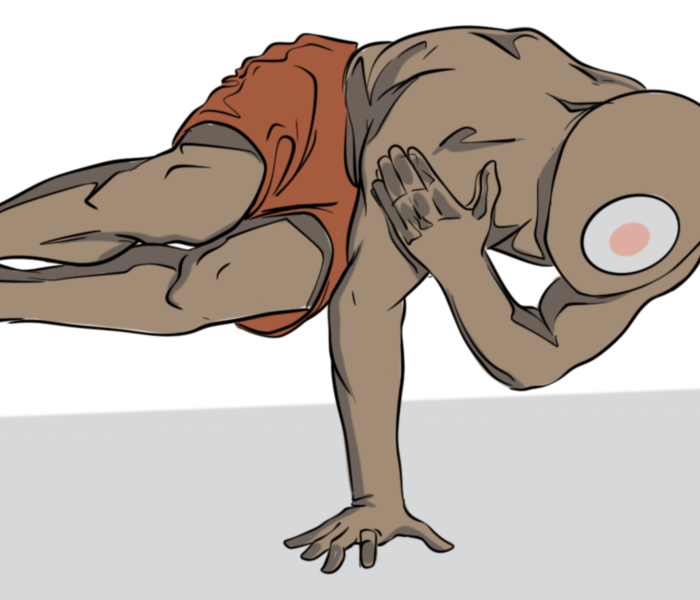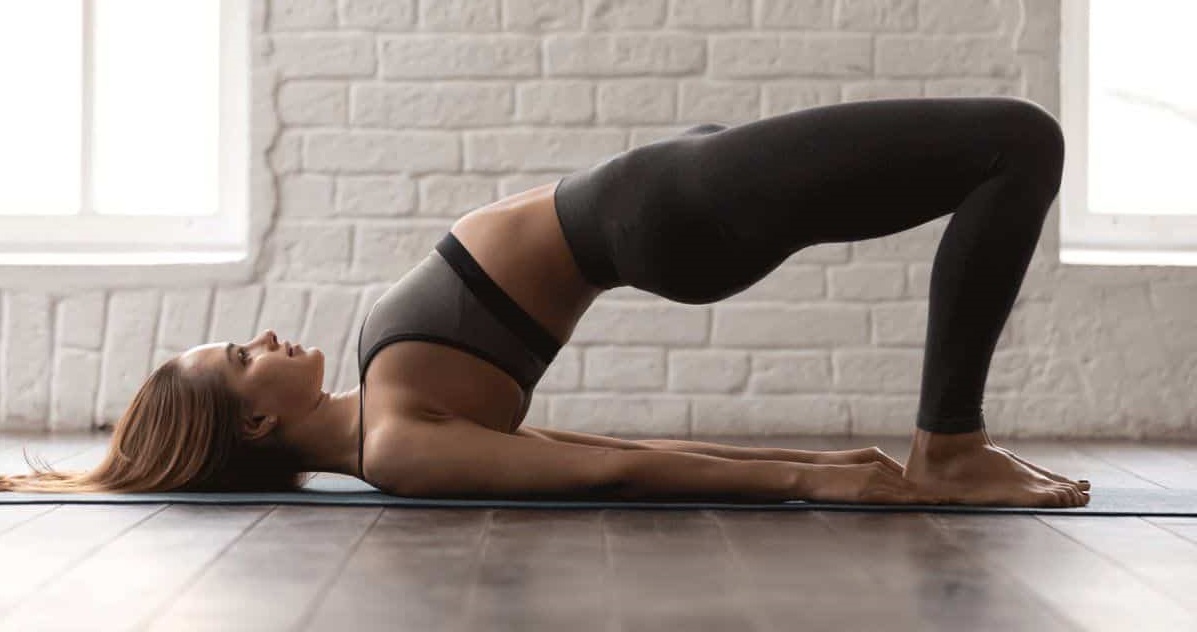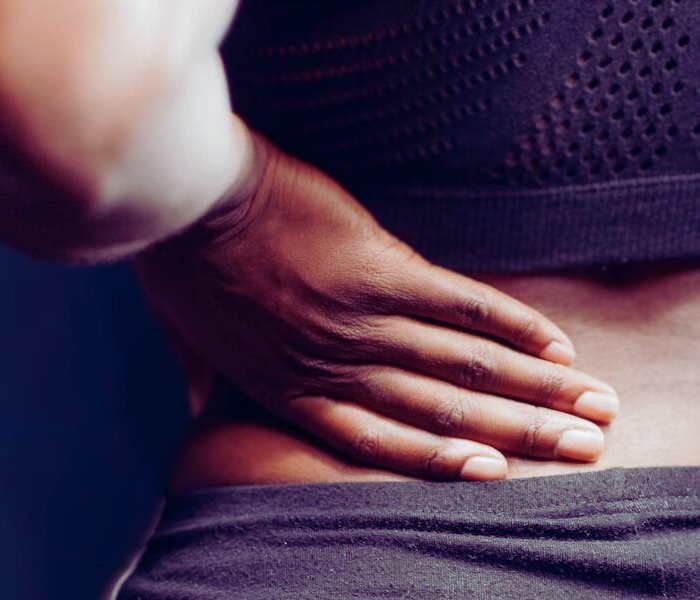camatkarasana | wild thing pose
Edited date: November 10, 2022
Estimated reading time: 3 minutes
Fact Checked
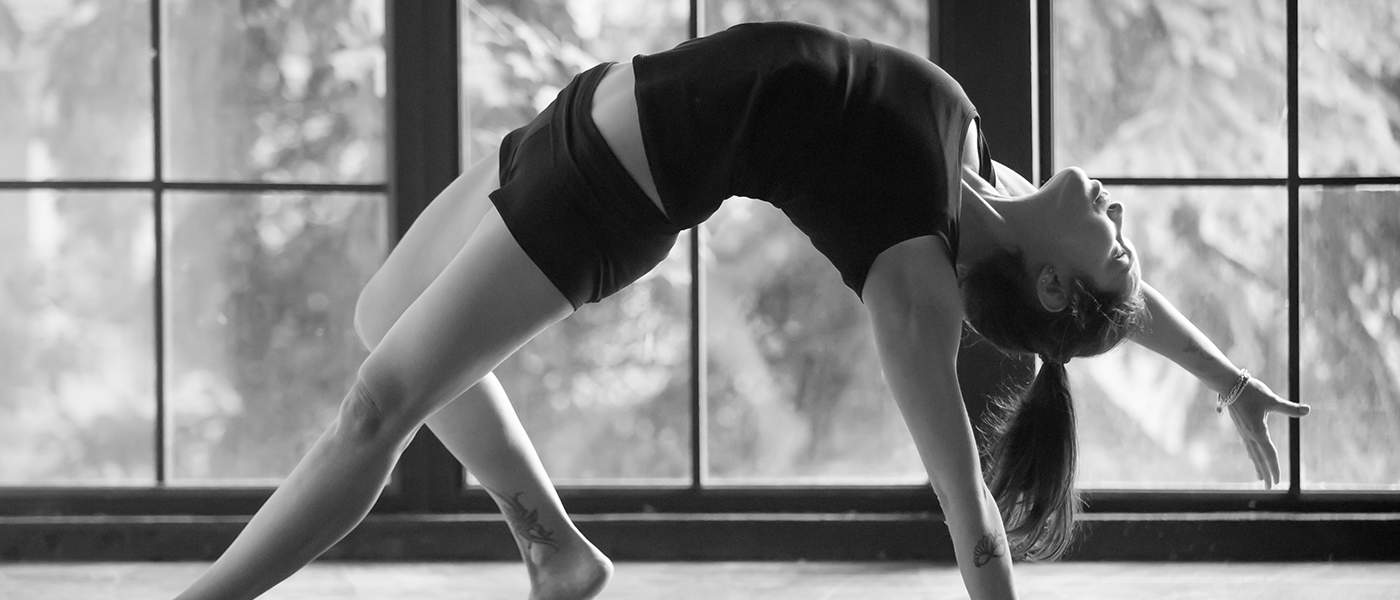
TABLE OF CONTENTS
Wild Thing asana revisited
This magical and invigorating pose –Sanskrit name; Camatkarasana– is a whole lot of things in one.
One particular translation of camatkarasana poetically describes it as,
“the ecstatic unfolding of the enraptured heart.”
This all-encompasing posture:
- opens the chest and the heart
- builds strength
- stretches the hips and hip flexors
- energises the body
- brings inner peace
- provides a nice lead-in to other backbends
- is an excellent practice for balance
Camatkarasana teaches you to let go, to be open, to expand, and at the same time encourages you to feel yourself grounded and connected to the Earth.
How to Get Your Wild Thing On
Begin in Downward Facing Dog. Start to open through the hips by lifting one leg high into a One Legged Dog, or Down Dog split.
- Find your balance in this pose, and then bend the knee of the lifted leg so that toes are pointing to the opposite side of the room.
- Slowly begin to stack your hips, bringing the lifted leg over to the opposite side of the body. Sumiltaneously, turn the opposite hand and grounded foot on an angle to prepare for a back bend.
- Come to the outside of the grounded foot, pressing your weight into the hand of the same side. Now it’s time to flip your dog!
- Lift the hand of your non-grounded leg up and sweep it over above the head and behind you, arching your back and lifting the hips at the same time. Bring the lifted leg over even more, flatten your grounded foot and if it feels good bring your lifted foot down toward the ground coming to rest on the ball of your foot. Curl your head back, extending the neck and looking behind you. Reach the lifted hand out spreading your fingers and really releasing into this amazing stretch!
- Once you have felt the opening and grounding goodness of this pose you can slowly come back to downdog by reversing the steps, or extend through this pose a little more, grounding both hands and feet and coming into full Wheel/Upward Bow pose.
- Once you have stretched into one side, work on the other to balance out.
(*Please note: Avoid practicing camatkarasana if you have carpal tunnel syndrome or rotator cuff injuries. When in doubt, always seek guidance from your experienced yoga teacher)
To depart
Give it a go and share your experience! Did you come up against some resistance to start with or was it love at first flip for you?
Read next >> namaste, a magical shift from “me” to “we”
